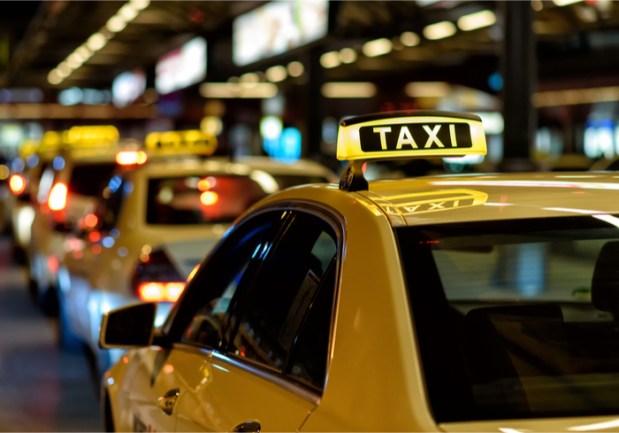An Australian Taxi Bidding Model In The Age Of Rideshares

In the dot-com era of the 1990s, Priceline came onto the scene with a revolutionary idea for travel: Travelers could use a “name your own price” feature to bid for airline tickets, before the company ended the feature when it became too difficult for consumers to complete the bidding process on mobile devices instead of computers. To use the system, they would make an offer to airlines that was for presumably less than the going rate for their itinerary. An airline, if it wanted to sell the seat, could then accept the bid.
Now, a taxi app in Australia is applying a similar concept for fares on its platform. The service, which is called Oiii, is developed by Net-Cabs. Co-CEO Roland Grelewicz saw an opportunity to provide pre-booked, fixed fares, unlike the current scenario, where riders rely on a meter to determine the fare at the end of the journey.
With a competitive landscape that includes rideshare services, Grelewicz wanted to give passengers the chance to negotiate the price of a trip before it takes place. “That is obviously a very attractive thing from a passenger’s point of view,” he told PYMNTS in an interview – but the feature could appeal to drivers, too.
When a driver has dropped off a passenger, she might be willing to provide a discount if there is an opportunity to pick up the passenger when they return back to a central point. A passenger, for instance, could say that she is willing to take a trip for $50. A driver could say that she is willing to take the job at that price, while another driver might counter and say they would do it for $60. Either way, the taxi drivers are in the proverbial drivers’ seats. “It’s up to them to accept it or not,” Grelewicz said.
The Business Model
The idea, surprisingly enough, is welcomed by taxi drivers. Grelewicz said they think it is a brilliant idea because taxis have to compete with rideshares. He noted that many taxi drivers already have regular customers who enjoy their safety and professionalism. In these cases, drivers are already discounting fares in some cases, but the app allows them to do so in a more formal manner. At the same time, consumers are provided with choices when it comes to what style of pricing they would like to use.
If a consumer books through Grelewicz’s app, she can choose to use the new bid-based offering or can go with the meter service. If the rider chooses the bidding method, she is not left on her own to decide what amount to bid. The app can provide a fare estimate as a guideline, based on an estimated meter price for the job as well as the availability of taxis and other metrics.
For instance, if the app determines that a ride from the city to the airport costs $60, it might recommend that a driver starts the bid at $50. That said, Grelewicz noted that the recommendation doesn’t stop a customer from offering a driver $30 or $40. The driver might not accept that fare, but a rider might get lucky.
The service launched about a week ago. Grelewicz said the first jobs are just starting to come through, and that taxi drivers are accepting offers from riders.
Will other taxi apps adapt a similar pricing strategy? That remains to be seen, but Grelewicz’s app suggests that the model could be applied to travel models beyond airlines and hotels.
